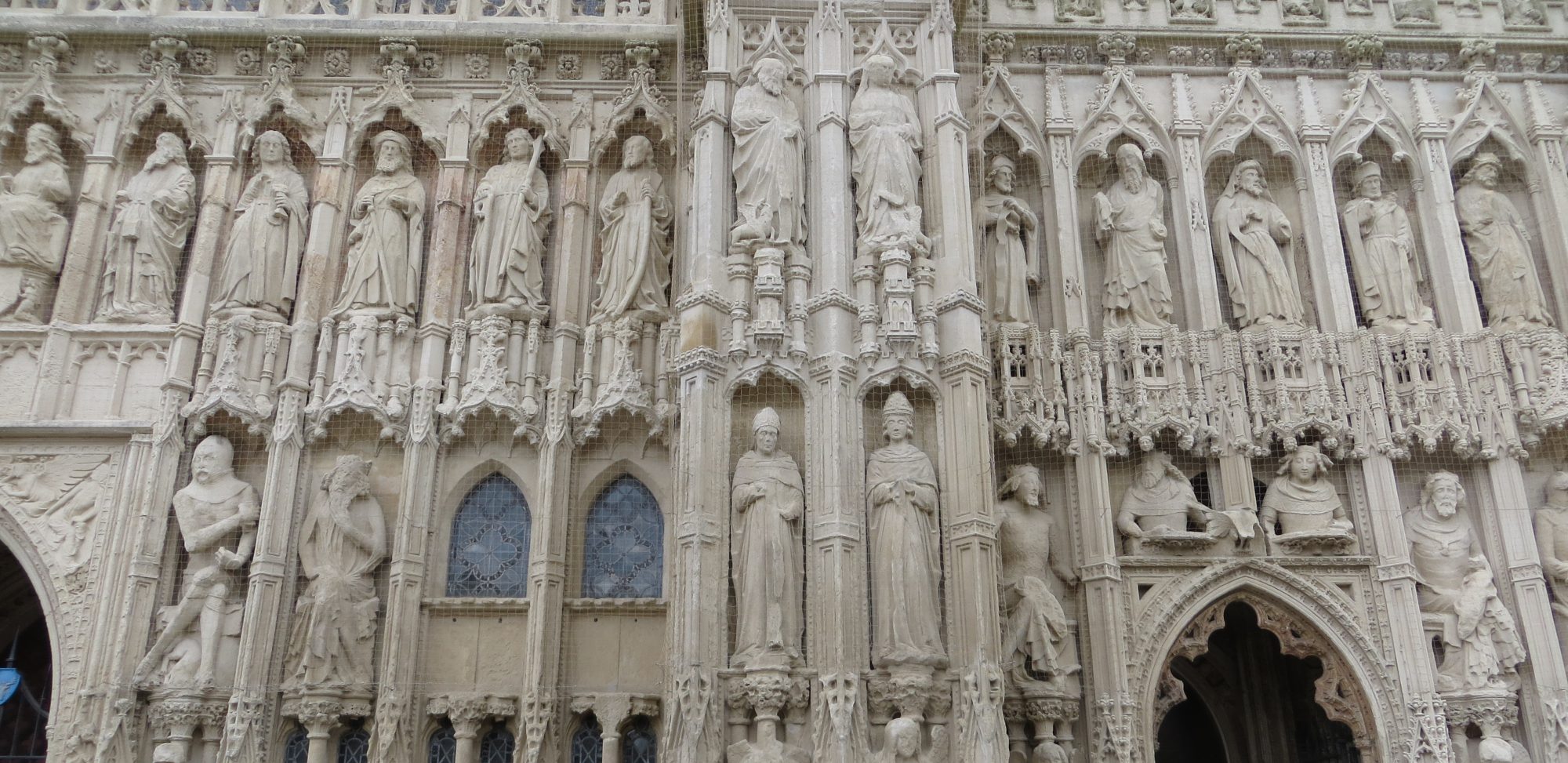Benedict and Roman Catholic theology (and of course much more Protestant theology) play down the personhood of the eucharistic president, and so, paradoxically, play down the priest. Because the eucharist appears to be about the bread and wine, our attention is drawn away from the priesthood of the many gathered around the one. We are left to assume that the priest is the man whom we presume we already entirely know, while these eucharistic elements are wonderful and mysterious, not known, but their truth revealed here. It looks as though the bread and wine are Christ, but the priest is not Christ.
It is simply not sufficient to say that these elements of bread and wine are Christ, without integrating them into a theology of the Whole Christ (Christ together with his people) and into an account of the coming-into-being of that body, and thus an eschatology. But in fact we need to say that the priest is entirely mysterious, because he is Christ-and-his body, and it is as we, the people of this congregation, are sanctified and integrated into that whole Church that we come to recognise the whole Church in the person of the Christian stands before us, presiding at this eucharist.
Perhaps it would be better to put it this way around: it is the people who, gathered around these elements and this priest, are this mystery. They are the first instalment of the redemption and consummation of the whole world in Christ. What they are becoming is being revealed here. These eucharistic elements are the future of priest and people, redeemed and consummated. The priest, together with these people, and this people together with this priest, are our glimpse of the future glory of man with God. They are our first view of man brought into communion with God and with all creation, and so man glorified.
